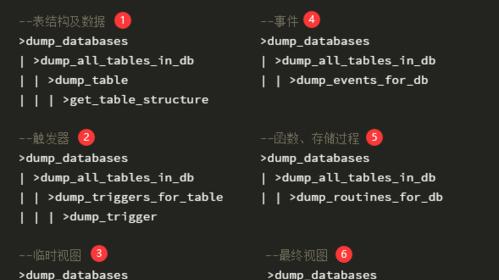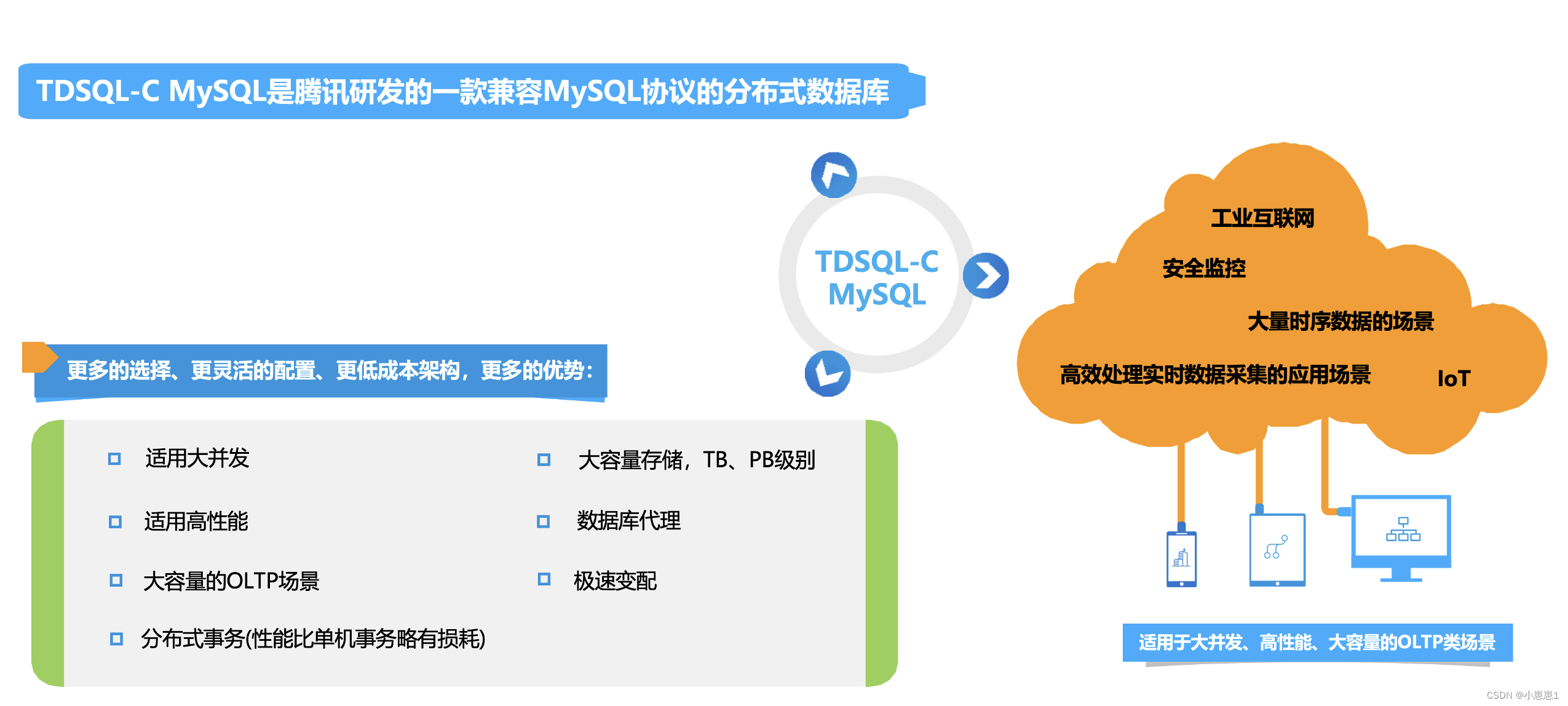Win7如何优化物理内存?
- 行业动态
- 2024-07-10
- 5
对于Windows 7操作系统,有效地优化物理内存不仅能提升电脑的运行速度,还能增强多任务处理的能力,由于物理内存是电脑中极为重要的硬件资源,合理的管理和优化可以极大地改善系统性能,下面将详细介绍在Windows 7系统中如何优化物理内存的具体步骤和推荐设置。
1、调整注册表设置:
访问注册表编辑器,点击“开始”按钮,选择“运行”,输入regedit命令,然后点击“确定”进入注册表编辑器界面。
路径导航,在注册表编辑器中,导航至HKEY_LOCAL_MACHINESystemCurrentControlSetControlSession ManagerMemoryManagement。
优化LargeSystemCache设置,在MemoryManagement目录下,找到LargeSystemCache设置项,双击该项,将其数值改为1,这有助于提升系统缓存的性能,尤其是在处理大量数据时。
2、关闭不必要的服务和程序:
管理启动项,使用如CCleaner或系统配置工具(msconfig)来管理启动项,禁用非必要的自启动程序,以释放内存资源。
关闭占用高内存的程序,通过任务管理器查看当前正在运行的程序和服务,关闭那些不需要的或占用过多内存的程序,特别是一些后台服务如索引服务(如果很少进行文件搜索可以关闭它),从而节省内存资源。

3、优化虚拟内存设置:
调整虚拟内存大小,虚拟内存可以作为物理内存的补充,但其读写速度远低于物理内存,在"控制面板"中打开"系统",进入"高级系统设置",在"性能"设置下的"高级"标签页中调整虚拟内存的大小,一般建议设置为物理内存的1.5倍到2倍。
4、清理内存和优化内存使用:
使用内存清理工具,利用内存清理软件,如RAM Cleanup Master等,定期清理未使用的内存空间,帮助系统更高效地利用物理内存。
减少浏览器内存占用,关闭Edge浏览器中的一些设置如背景预加载等,这些设置可能会占用额外的内存资源。
5、升级或增加物理内存条:

考虑硬件升级,如果条件允许,可以考虑增加更多的物理内存条或更换更大容量的内存条,这是最直接有效的提升内存性能的方法。
6、常规系统维护:
定期检查系统更新,确保系统和驱动程序都是最新的,以便利用最新的性能改进和bug修复。
使用磁盘清理工具,定期运行磁盘清理工具,清除临时文件和系统垃圾,帮助优化系统整体性能。
步骤为您的Windows 7系统提供了全面的物理内存优化方案,为了进一步帮助您理解和应对可能遇到的问题,以下是一些常见问题及建议:
Q1: 修改注册表是否有风险?

A1: 修改注册表前应先备份注册表,因为不当的修改可能导致系统不稳定或无法启动。
Q2: 如果升级内存条,我该如何选择?
A2: 需要考虑内存条的兼容性、容量、和速度,建议查阅主板手册和内存条规格,选择与现有硬件兼容的内存条。
通过上述方法,您不仅可以有效优化Windows 7系统的物理内存使用,还可以提升整体系统性能,通过适当调整注册表设置、管理运行程序、优化虚拟内存配置以及进行硬件升级,您的系统将更加流畅和高效,不要忘记定期进行系统维护和清理,以保持最佳性能表现。













